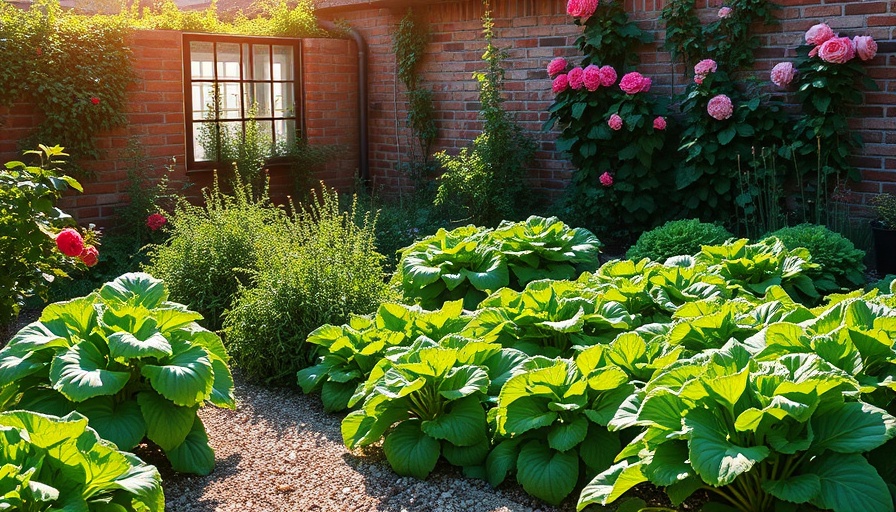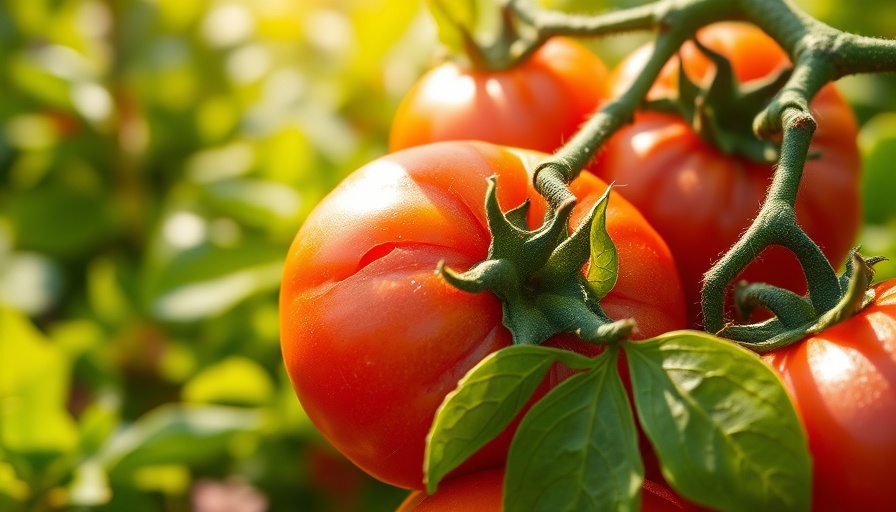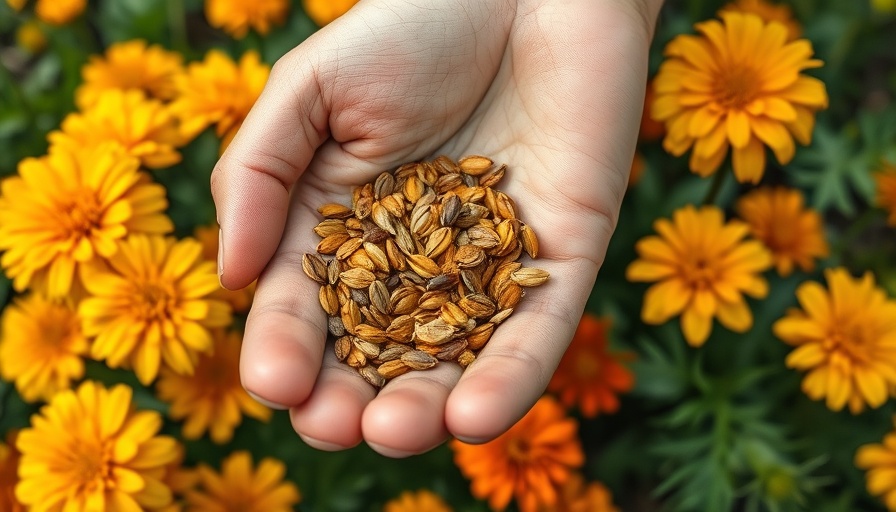
Embrace the Sun: What to Plant on the Summer Solstice
The summer solstice is not just a date marked on our calendars; it's a time of celebration and renewal, especially for gardeners across the Northern Hemisphere. Occurring around June 20th, this day brings with it the longest hours of sunlight, a perfect backdrop for planting vibrant, warm-season crops that absolutely thrive in the heat.
A Time for Abundance: Celebrating the Solstice with Gardening
As the sun reaches its highest peak in the sky, it heralds a season of growth and fertility, inviting gardeners to sow seeds that promise a bountiful harvest. Plants such as Early Prolific Straightneck Summer Squash and Clemson Spineless Okra not only flourish under these conditions but also contribute to the community spirit of sharing and celebrating the garden's bounty.
Top Crops to Plant This Summer
Here are the key crops to consider for your garden this summer solstice:
- Early Prolific Straightneck Summer Squash: An heirloom variety, this squash often matures quicker than others, allowing for delicious meals in just two months after planting.
- Clemson Spineless 80 Okra: Known for its high yield and easy growth, okra pairs wonderfully in dishes that celebrate the summer's warmth.
- Quick Snack Cucumber: Perfect for both salads and snacks, this crop's refreshing crunch adds vitality to any summer dish.
- Cherry Tomatoes: The sweet bursts of flavor from these small tomatoes can highlight a variety of dishes, making them a star crop in many gardens.
- Green Bell Peppers: These versatile garden staples thrive in the heat, adding color and nutrition to your summer meals.
Planning Your Summer Garden
When planning your garden layout for the summer solstice, consider factors such as soil quality, sunlight exposure, and companion planting techniques. This is an opportune moment to think about optimizing your garden for easy maintenance, enhancing the beauty of your outdoor space, and maximizing yields. For those who may be battling yard drainage issues, raised garden beds can be a game changer, allowing for better soil control and drainage.
Container Gardening for Small Spaces
Not everyone has the luxury of sprawling green space. If you're in a more confined environment, container gardening could be your ticket to a successful summer garden. Utilizing pots not only conserves space but allows for creative outdoor kitchen designs where fresh ingredients are just a reach away.
Innovative Landscaping Ideas
Accompany your summer crops with fresh landscaping ideas that elevate your entire outdoor living experience. Consider incorporating features like a fire pit design to create an inviting area for gatherings, or explore landscape lighting ideas that can extend your enjoyment of your garden well into the evenings.
Harvesting Together: Building Community through Gardening
The essence of the summer solstice is not only to plant and grow but to connect with neighbors, share experiences, and celebrate our culinary adventures. As crops flourish, so do friendships and community ties. Hosting seasonal potlucks featuring garden-fresh dishes can foster connections and inspire others to delve into the joys of gardening.
Call to Action: Cultivate Your Summer Solstice Garden Today!
As the summer solstice approaches, take a moment to reflect on your outdoor spaces. Dive into garden planning tips, explore new fire pit designs, and embrace container gardening to enrich your outdoor living experience. Together, let’s celebrate the summer solstice by cultivating gardens that not only provide food but also strengthen our communities!
 Add Row
Add Row  Add
Add 




Write A Comment